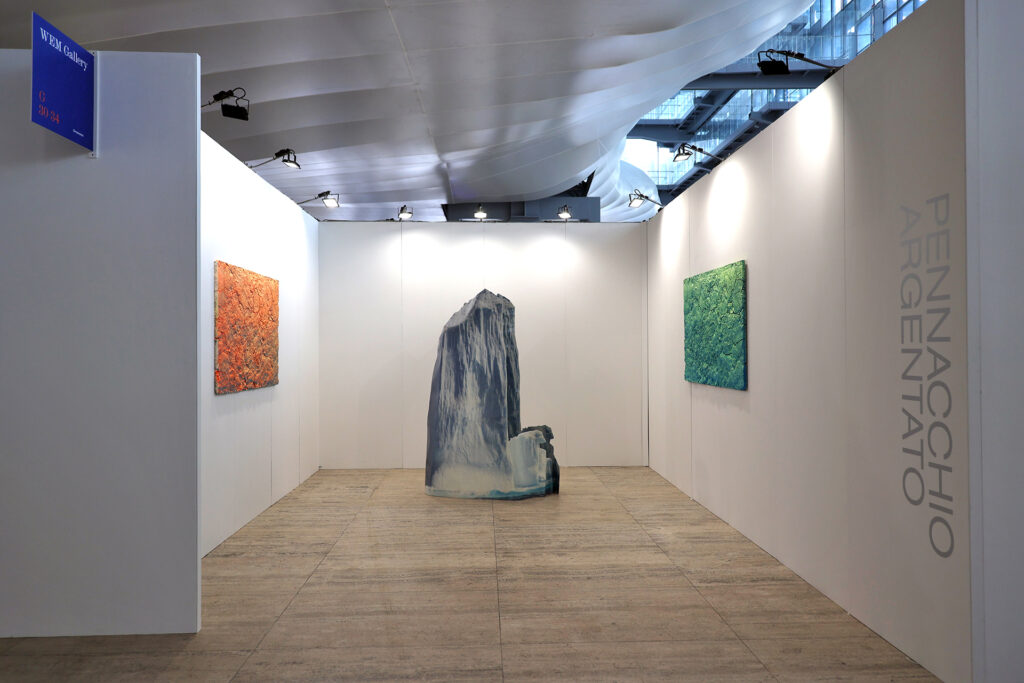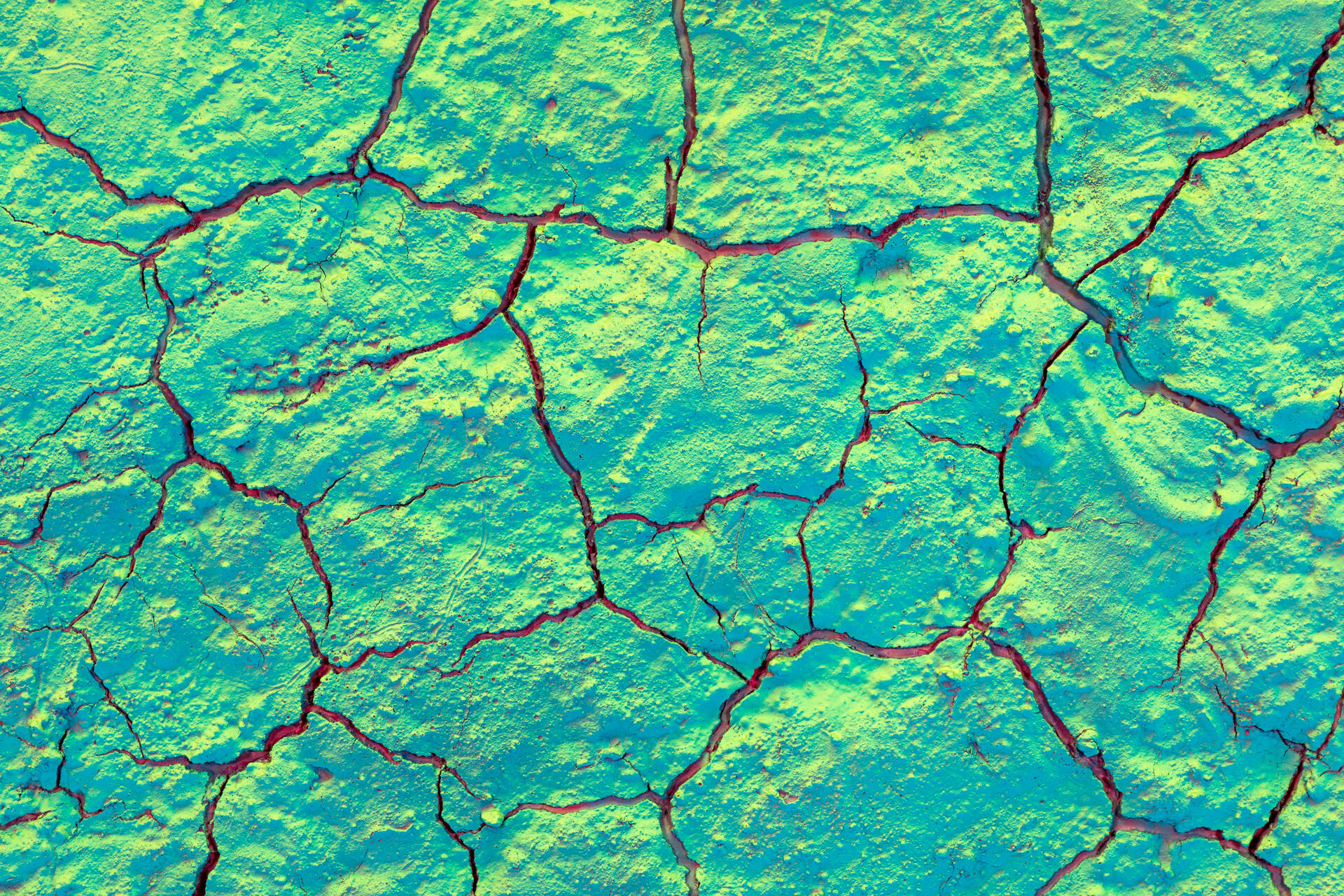WEM EDITORIAL #16 PENNACCHIO ARGENTATO
GROWING, EVOLVING: WHAT ABOUT THE ETERNAL RECURRENCE?
Essay edited by Domenico De Chirico
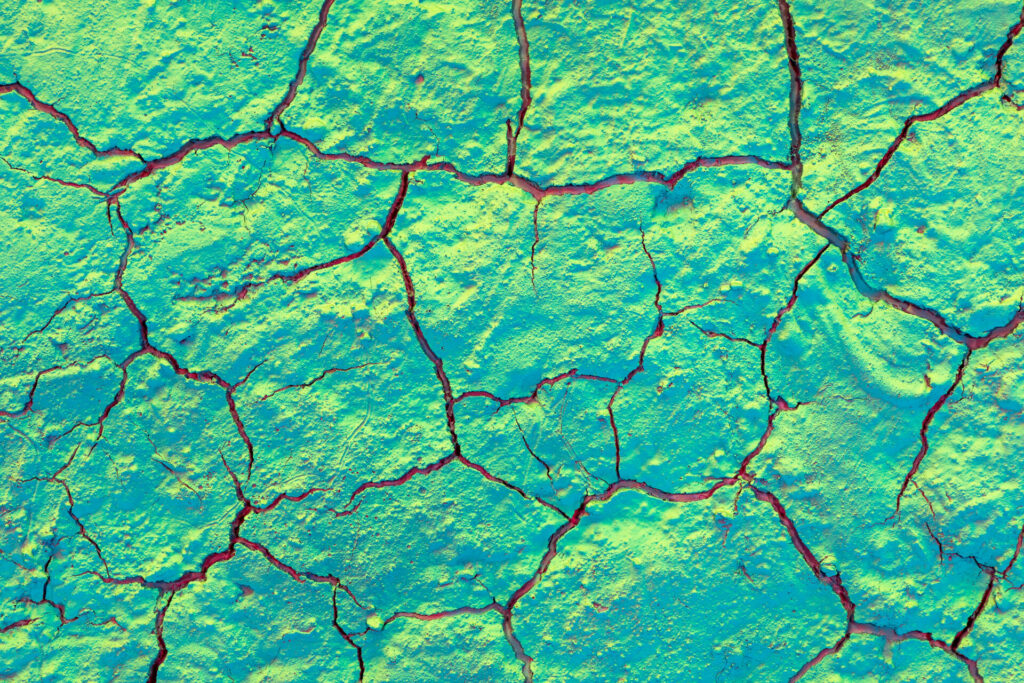
“I commend this manuscript to space, not in the hope of obtaining relief, but to help, perhaps, avert the dreadful scourge that threatens the human race. God have mercy on us!”… “The human race?” Stressed Phyllis stupefied. “It is so written “confirmed Jinn.
from “Planet of the Apes” (La Planète des singes), a 1963 science fiction novel by French writer Pierre Boulle.
In order to better understand what underlies and concomitantly characterizes the entire research of the artistic duo PENNACCHIO ARGENTATO, composed respectively of Pasquale Pennacchio (Caserta,1979) and Marisa Argentato (Naples, 1977), it is good to immerse oneself in the reflections that permeate the opening pages of “Nature,” a book written by philosopher Maurice Merleau-Ponty, a leading exponent of 20th-century French phenomenology, in which he interprets the topic in question by asserting that: “Nature is the primordial, that is, the unconstituted, the uninstituted; hence the idea of an eternity of nature (eternal return), of a solidity. Nature is an enigmatic object, an object that is not entirely an object; it is not completely before us. It is our ground, not what is before us, but what sustains us,” and then adds that “there is nature wherever there is a life that has meaning, but in which, nevertheless, there is no thought; hence the kinship with what is vegetable: nature is what has meaning, without this meaning having been posited by thought. It is the self-production of meaning. Nature is thus different from a mere thing; it has an interior, it is determined from within; hence the opposition between ‘natural’ and ‘accidental’.”
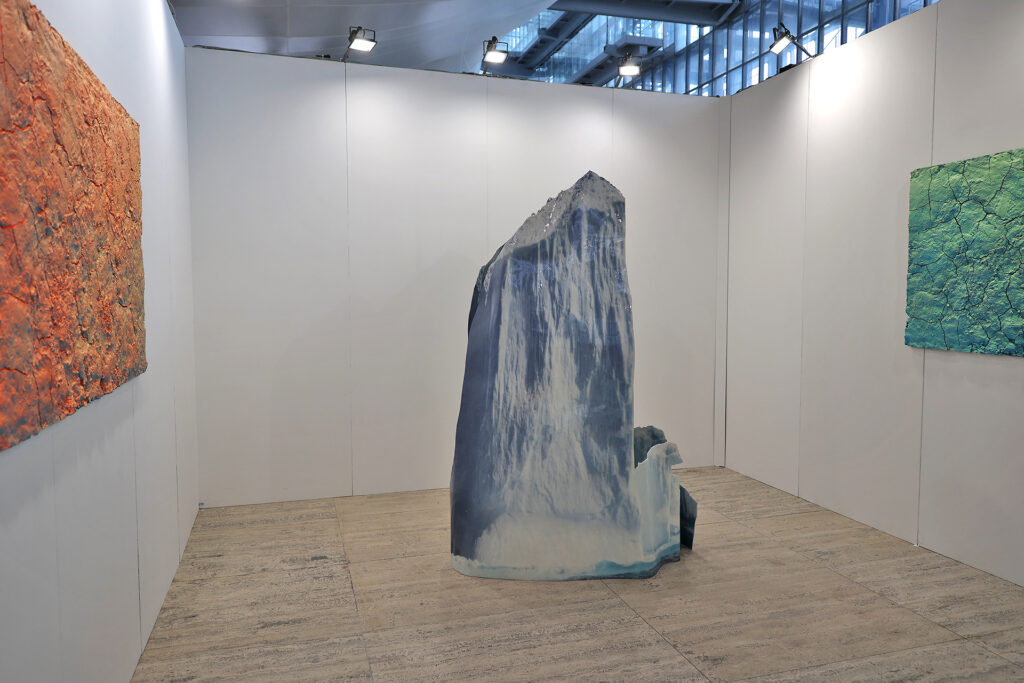
According to such premises, where, incidentally, Nature differs from the mere exteriority of an unsuspecting being because it’s sense and at the same time refers back to an otherness of sense that also co-appears to it, driven by a strongly felt inquiry into the relationship between economy and ecology, PENNACCHIO ARGENTATO’s artistic practice often grapples with the idea of representation, ownership and observation of our time and related social, economic, humanitarian, political and technological issues, implementing formal and visual strategies of abstraction, repetition, appropriation, magnification and fragmentation of the main elements that constitute the orbe terracqueo. The artists use a wide range of materials and techniques, ranging from performative ones such as titanium and carbon kevlar to those more proper to contemporary sculpture such as concrete and acrylic resins. What’s more, by assimilating video projections within their sculptures, they also experiment with 3-D modeling techniques.
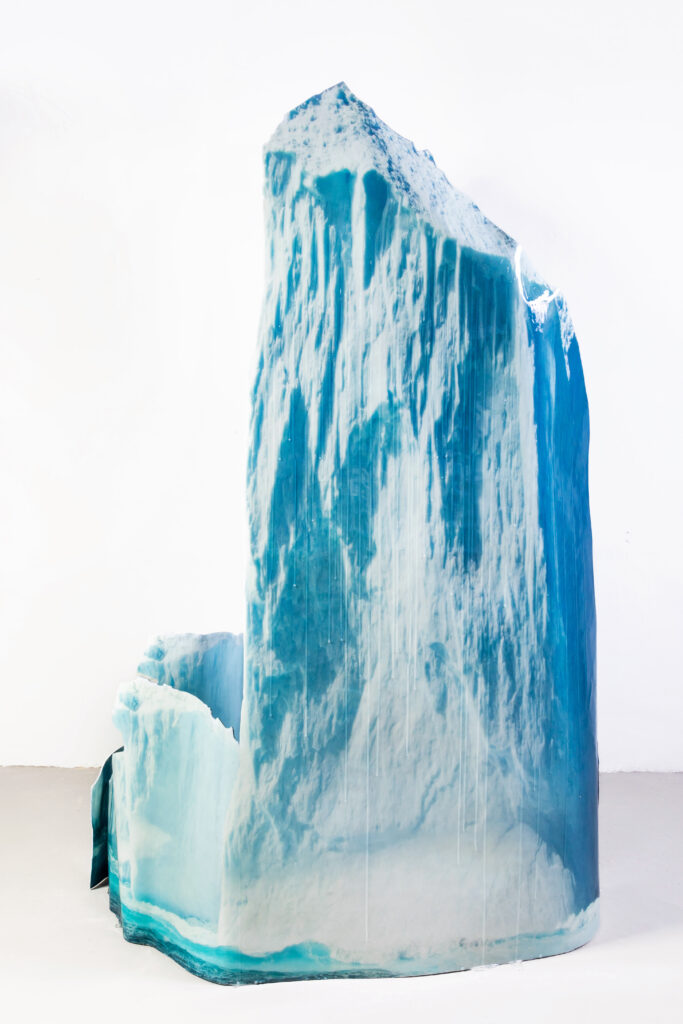
In practical terms, for example, the installation titled I’M CONSTANTLY GROWING, EVOLVING, AND BECOMING MY BEST SELF from 2022, a perfect example of the lyrical, iconic, and exanimate aesthetic for which the PENNACCHIO ARGENTATO duo is championing, addresses the complex issues related to the climate crisis, the consequent melting of glaciers, and the highly worrisome depletion of available supplies of raw materials, calamities, these, which grip the current state of affairs in a highly dislocated world and which is analyzed here in relation to the issue of so-called self-assertion, a rather widespread social phenomenon that manifests itself in an increasingly obsessive manner and which incites individuals to remain focused on themselves as much as possible without worrying about anything else so as to avoid, mistakenly, any kind of dispersion. Therefore, to place oneself before this work is to be called upon to reflect on all the ecological issues that are aggrandizing our planet, as opposed to all those contemporary spiritual mantras, typical of the psychological theories of the New Age era, which often spur human beings to care, almost exclusively and in a totally selfish manner, for themselves and their personal interests. Hence, a further dichotomy arises, the irrefutable one between a questionable present and an almost uncertain future.
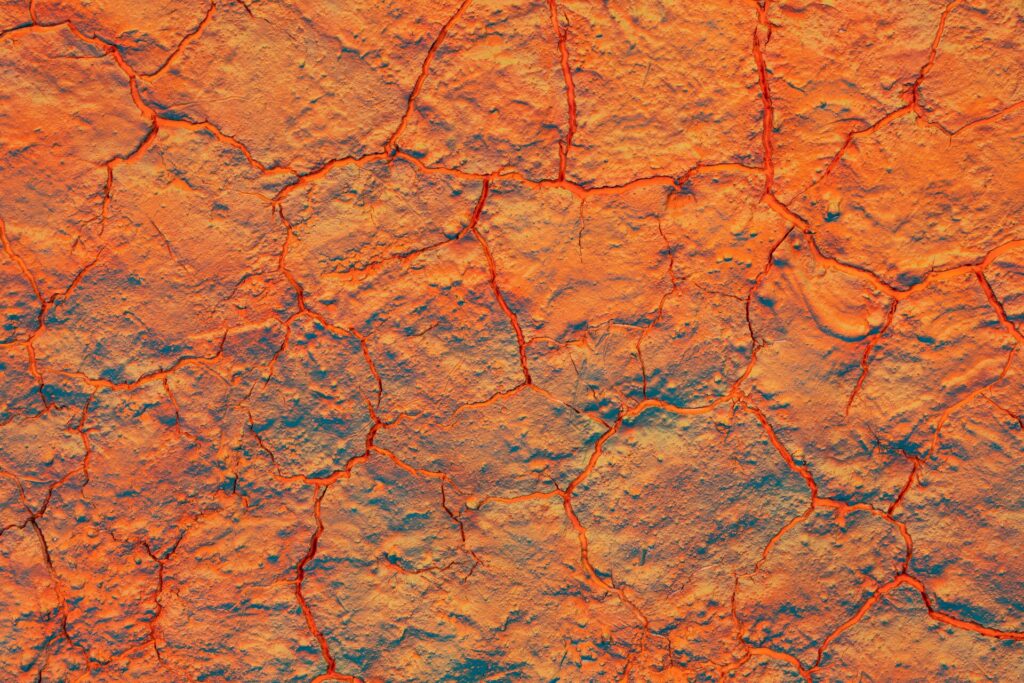
New wall works corollary and, by contrasting with it, surround the aforementioned installation, which presents itself as autonomous and with assertive features: thus, they range from the bright, juicy and iridescent hues of red in “Climate Anxiety with Tomato Soup” to the glittering and likewise fissured hues of green in “Eco-Distress with Spinach Velouté” both works, throbbing and yet seemingly unbiased, vociferate about the historical moment in which we all live today, one in which chaos reigns supreme, concordantly simmering fears and desires, in an oxymoronic imagery, the one proposed to us by PENNACCHIO ARGENTATO, which increasingly emphasizes the contrast that insinuates itself between both body and mind and capitalism and nature, whose syntactic structure is proposed as quite singular: peace overheats and dissolution becomes symptomatically synonymous with well-being, at a time when capitalist society, in the words of U.S. poet and writer Charles Bukowski, now devours itself.
Sources: M. Merleau-Ponty, La nature, Édition du Seuil, Paris 1995; tr. It. by M. Mazzocut-Mis and F. Sossi, La nature. Lectures at the Collège de France 1956-1960, Raffaello Cortina Editore, Milan 1996, p. 4.
